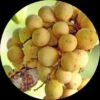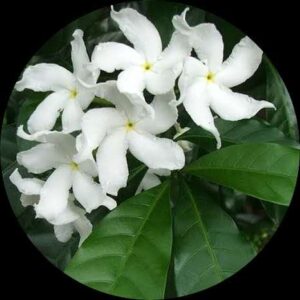- Empty cart.
- Continue Shopping
Artocarpus Lanceifolius
Original price was: ₹1,980.00.₹1,420.00Current price is: ₹1,420.00.
Genus : Artocarpus
Indulge in the creamy texture and sweet notes of the Artocarpus Lanceifolius fruit, straight from your own backyard. This fruit plant is a must-have for any fruit enthusiast looking to expand their collection with rare and exotic varieties.
Artocarpus lanceifolius, also known as the lance-leaved breadfruit or locally known as Sukun Bunga, is a tropical fruit plant native to Southeast Asia. It belongs to the family Moraceae, which includes other fruit trees such as jackfruit and fig.
The fruit of the Artocarpus lanceifolius tree is large, oblong-shaped, and can weigh up to 5 kilograms. It has a thick, bumpy, greenish-yellow skin that is covered in short, stiff hairs. The flesh of the fruit is creamy, juicy, and has a mild, sweet taste. The fruit contains numerous small, edible seeds that are coated in a soft, fibrous layer.
The Artocarpus lanceifolius tree is a medium-sized, evergreen tree that can grow up to 20 meters tall. It has glossy, dark green leaves that are lance-shaped and can be up to 25 centimeters long. The tree produces small, greenish-yellow flowers that bloom in clusters on the branches and trunk of the tree.
The Artocarpus lanceifolius tree is commonly grown for its fruit, which is a popular ingredient in many Southeast Asian dishes. The fruit is often eaten fresh, but it can also be used in curries, stews, and desserts. The seeds of the fruit are often roasted and eaten as a snack.
In addition to its culinary uses, the Artocarpus lanceifolius tree has several medicinal properties. The bark and leaves of the tree have been used in traditional medicine to treat a variety of ailments, including fever, diarrhea, and inflammation. The fruit of the tree is also rich in vitamins and minerals, making it a nutritious addition to any diet.
Overall, the Artocarpus lanceifolius tree is a valuable plant that offers both culinary and medicinal benefits. Its sweet, creamy fruit is a popular ingredient in many Southeast Asian dishes, and the tree itself is a beautiful addition to any tropical landscape.














Reviews
There are no reviews yet.